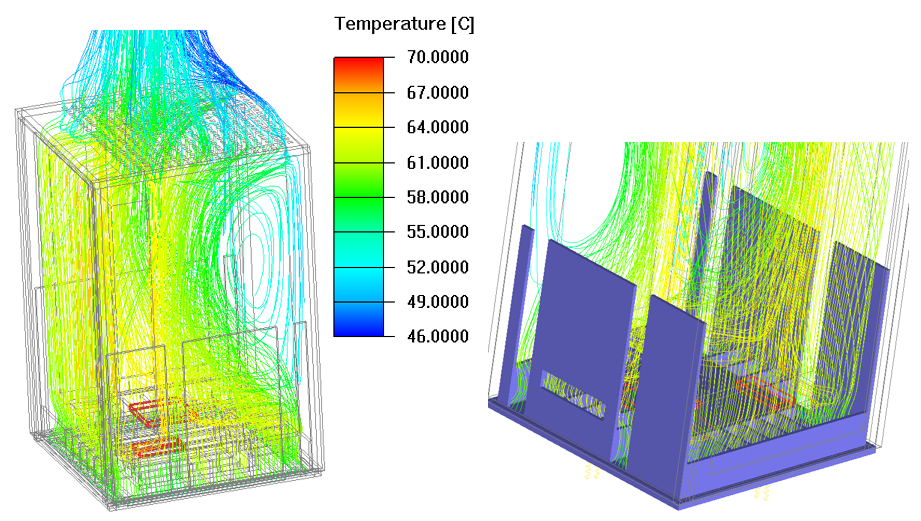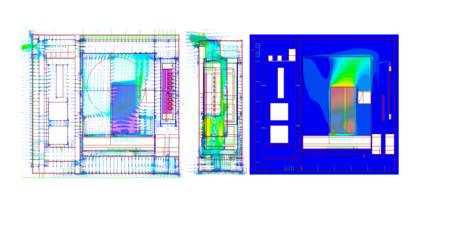What is the importance of Computational Fluid Dynamics?
Team Expert Thermal2023-11-28T17:37:15+00:00Computational Fluid Dynamics (CFD) is a branch of fluid mechanics that deals with the numerical simulation and analysis of fluid flow and heat transfer phenomena. It plays a crucial role in a wide range of industries and scientific research. Here are some key reasons why CFD is important:
- Engineering Design and Analysis: CFD allows engineers to virtually test and optimize designs before physically building them. By simulating fluid flow and analyzing the results, engineers can evaluate the performance and efficiency of various systems, such as aircraft wings, car bodies, wind turbines, and heat exchangers. This helps reduce costs, improve product performance, and accelerate the design process.
- Aerodynamics and Hydrodynamics: CFD is extensively used in aerospace and automotive industries to analyze the flow of air and water around vehicles, aircraft, and ships. It enables engineers to understand and optimize aerodynamic and hydrodynamic characteristics, such as drag, lift, and maneuverability. This knowledge leads to more efficient and safer designs.
- Energy and Environment: CFD plays a vital role in studying and optimizing energy-related processes. It helps in the design of more efficient combustion systems, such as gas turbines and internal combustion engines, leading to improved fuel efficiency and reduced emissions. CFD is also employed in the design and analysis of wind farms, solar collectors, and other renewable energy systems.
- HVAC and Building Design: CFD is applied in the design of heating, ventilation, and air conditioning (HVAC) systems. It helps engineers optimize airflow, temperature distribution, and pollutant dispersion within buildings. This leads to better indoor air quality, thermal comfort, and energy efficiency.
- Industrial Processes: CFD is used to model and optimize various industrial processes involving fluid flow and heat transfer, such as chemical reactions, mixing, combustion, and multiphase flows. By understanding the fluid dynamics, engineers can optimize these processes, improve product quality, and minimize resource consumption.
- Risk Assessment and Safety: CFD is utilized to assess the impact of fluid flow on safety-related scenarios. It helps in analyzing ventilation systems, fire and smoke propagation, pollutant dispersion, and evacuation strategies. By simulating these scenarios, CFD aids in designing safer environments and emergency response plans.
Overall, CFD is of great importance as it provides engineers and researchers with a powerful tool to understand, analyze, and optimize fluid flow and heat transfer phenomena across a wide range of applications, leading to improved designs, enhanced efficiency, and cost savings.









Leave a Reply